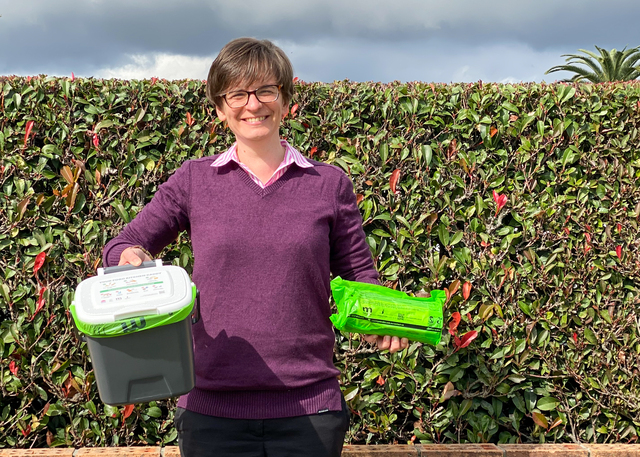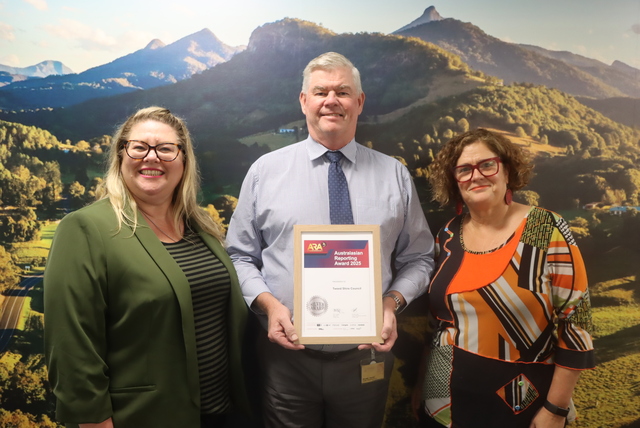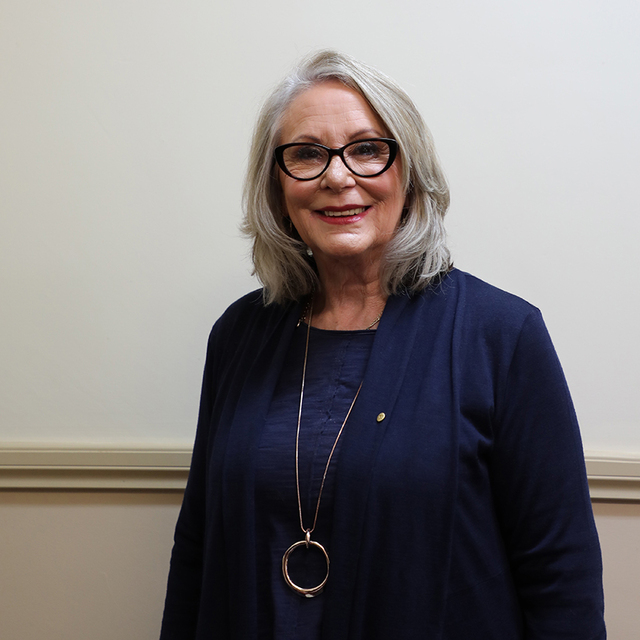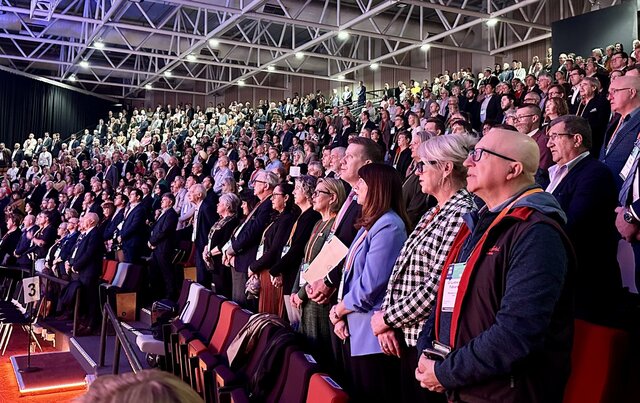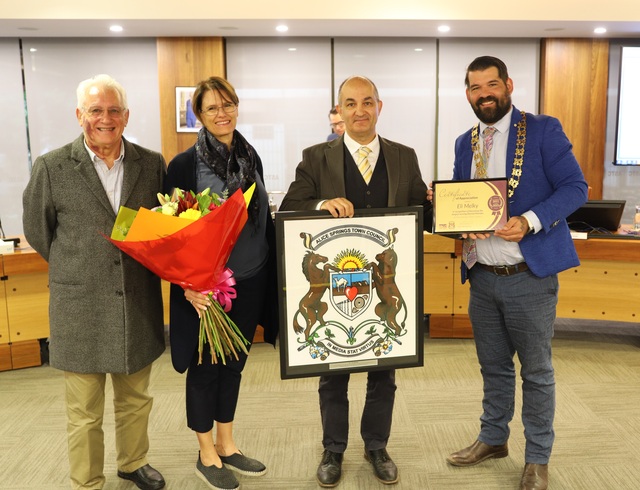The Australian Census was conducted on 6 August. Designed to track demographic and socioeconomic changes over the past five years, it is an interesting exercise to also look at the changes that have occurred in Local Government over this same period.
In 1991, Australia had a total of 885 local authorities. Currently, there are 732, a 17 percent reduction. The trend has been towards having fewer Councils, however, as the map clearly illustrates, this is not uniform across the nation.
Although he has since announced it is Œunlikely in the foreseeable future’, when Federal Minister Warwick Smith suggested recently that Commonwealth Financial Assistance Grants be tied to the number of Councils in each State, the vexed issue of Council amalgamations reverberated around the country.
Undoubtedly, States that have carried out extensive amalgamations such as Tasmania and Victoria, plus South Australia, which is currently undergoing structural reform to halve its Councils, were not overly concerned.
However, at the time, Queensland was preparing to provide residents in several recently amalgamated Councils with an opportunity to turn back the clock and revert to their former Council boundaries. Three areas, Gold Coast, Warwick and Burnett, have recently undertaken this exercise with the majority of voters saying Œno’ to deamalgamation.
The Queensland Minister for Local Government has reaffirmed it will not force any further amalgamations but has warned financially shaky Councils they cannot continue with Œtheir heads in the sand’. In New South Wales, the State Government has also reaffirmed it will not be pursuing a policy of forced amalgamations.
Similarly, the Western Australian Government is not advocating any reduction in the number of its Councils. Conversely, following on from the recent dividing of Perth City Council into a CBD based City Council and three residential Town Councils, the recent establishment of the Local Government Advisory Board has increased speculation that Wanneroo, population 225,000, and Stirling, with 181,000 residents, could be under scrutiny for splitting into smaller units.
Again, in the Northern Territory the number of local authorities is also increasing rather than decreasing. Due to its special circumstances of a very scattered population residing in numerous micro communities, and with only three of its 68 Local Government units sharing common borders, amalgamation is somewhat of a paradox for this area of Australia.
In Victoria, where to date the most drastic reduction of Council units has occurred – 210 Councils reduced to 78 – the new Minister for Local Government, Rob Maclellan, has suggested that further amalgamations could be on the cards. He has stated that he does not regard Victoria’s 78 Councils as the Œperfect number’.
Victorian Premier, Jeff Kennett’s recent suggestion that the border Cities of Albury and Wodonga should merge did not gel with Albury Mayor Amanda Duncan-Strelec.
Cr Duncan-Strelec told The Age newspaper that the only way the merger would work was if it was federally auspiced because there would be major resistance from Wodonga residents if they were told they were to come under the New South Wales Government and vice versa for Albury.
According to The Age, Mr Kennett’s rationale for such a merger is that borders are becoming increasingly irrelevant. However, he is unlikely to obtain a consensus on this view from his counterparts in the other States and Territories!


